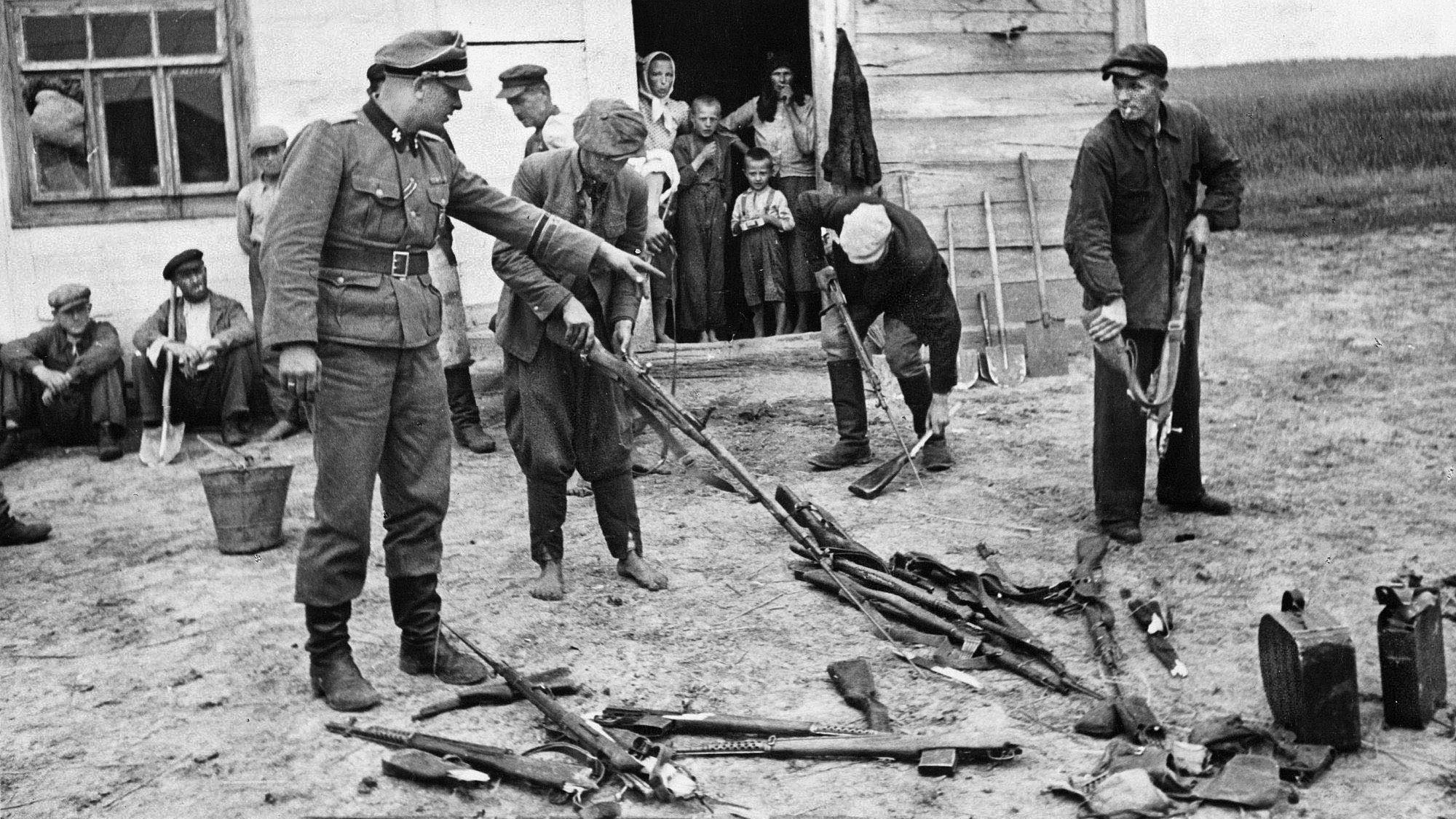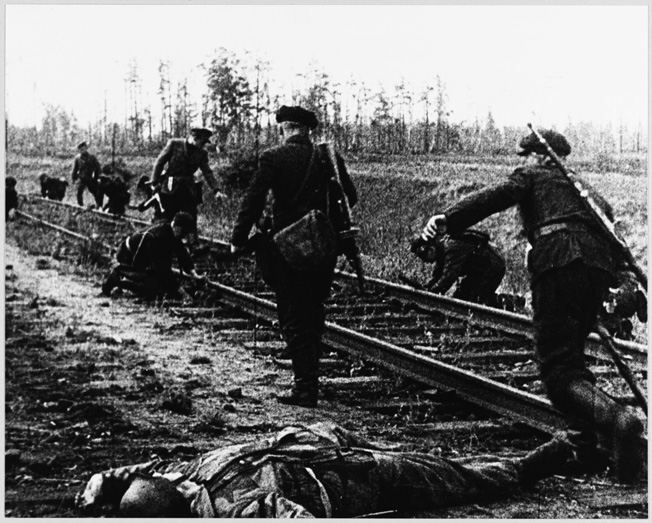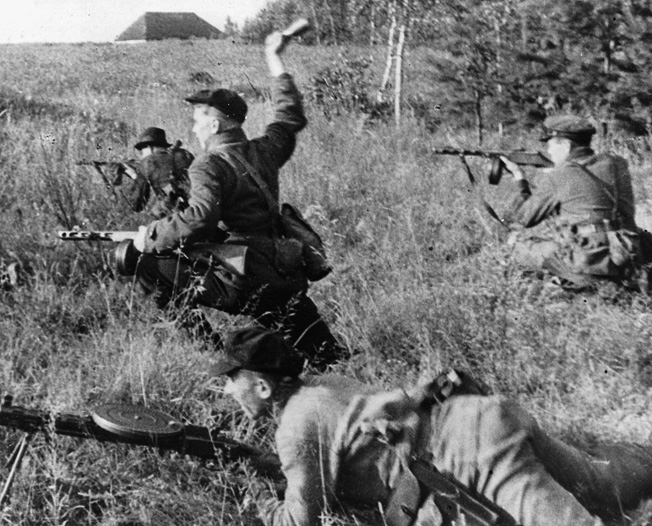Reference




OpenAI's Answer
During World War II, Soviet partisans played a significant role in disrupting the enemy's communication lines. Here are some of the methods they used:
-
Sabotage of Railways: One of the primary targets for Soviet partisans was the railway network, which was crucial for transporting German troops and supplies. Partisans frequently destroyed tracks, bridges, and trains. This tactic is often referred to as the "war of the rails." For instance, during coordinated efforts like the one initiated on July 14, 1943, they launched assaults against rail communication source.
-
Destruction of Communication Lines: Partisans cut telephone and telegraph wires, disrupted radio communications, and attacked communication hubs. These activities hampered the Germans' ability to coordinate movements and respond quickly to Soviet offenses.
-
Assault on Supply Lines: The partisans conducted hit-and-run attacks on enemy convoys, supply depots, and other logistical hubs. These raids were intended to not only disrupt supplies but also create a constant sense of insecurity among the occupying forces.
-
Guerrilla Warfare Tactics: Utilizing ambushes and sabotage, partisans targeted smaller, isolated enemy units to decrease morale and efficiency. This form of asymmetric warfare undermined the Germans' operational capabilities behind the front lines.
-
Psyops and Propaganda: Psychological operations and propaganda were also used to demoralize enemy troops and encourage local populations to support the resistance efforts.
Visual Representation:
Here are some images depicting Soviet partisans in action:
For a comprehensive account and more details, refer to additional readings such as the Wikipedia article on Soviet partisans and the SovietHistory.msu.edu article.
Follow Up
Related
What notable video game and film featured the Crain Communications Building?
What methods are used to assess the quality of clinician-patient communication?
What architectural firm designed the Crain Communications Building in Chicago?
How did the Signal Corps contribute to communication in the Civil War?
What role did telegraph and signal systems play in Civil War communication?
